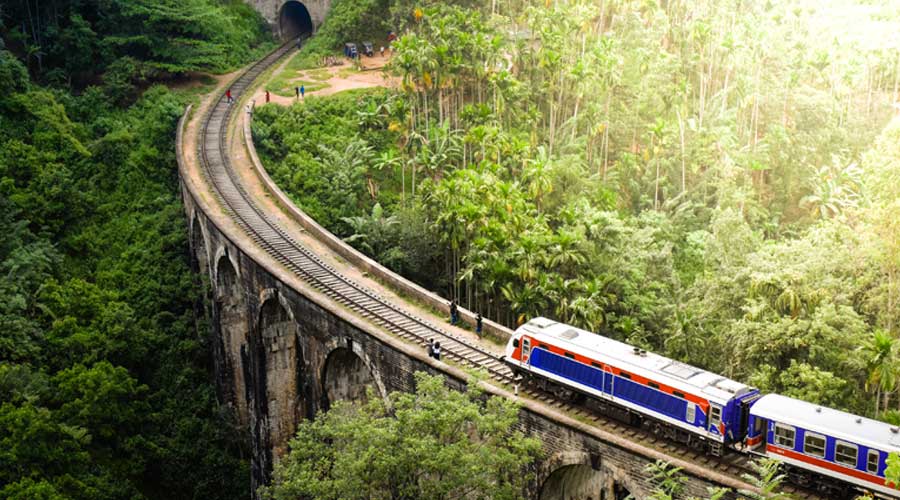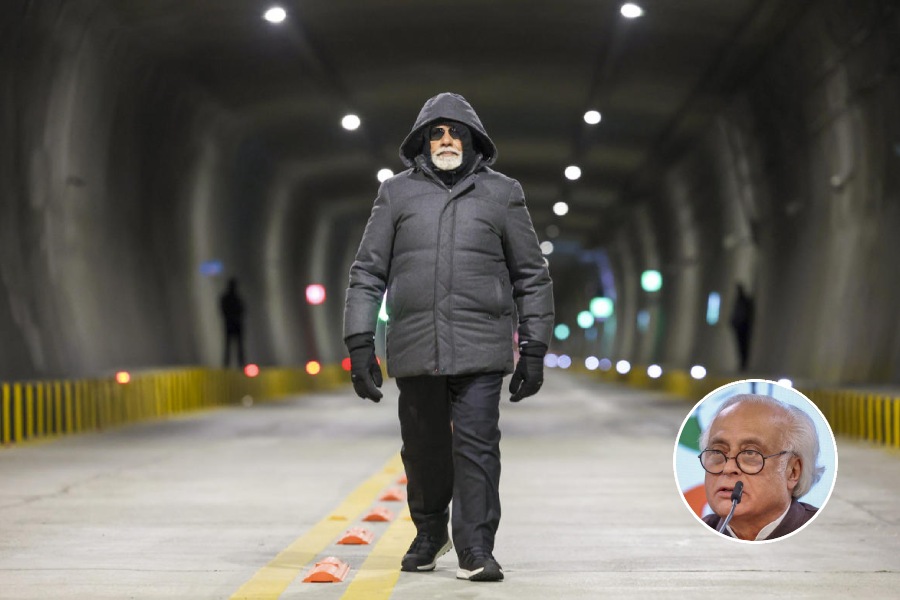The CoP-26 conference in Glasgow begins today. I have been considering what I can do to help combat climate change. Eat less meat? Use an electric car? Heat pump instead of the old gas boiler? Take the train instead of a short-haul flight?
All of the above, to be sure. But as someone who has spent much of his life flying around Europe, the last seems especially pertinent. Roughly half of all flights in Europe are short-haul, defined by the European Union as journeys of less than 1,500 kilometres. A detailed study by ETH Zürich university shows that short-haul flights on selected European routes from Zurich cause between three and nineteen times the CO2 emissions of an equivalent train journey. (Nineteen is Zurich-Milan: the shorter the route, the bigger the excess.) Britain’s Campaign for Better Transport recently staged a ‘race’ from central London to Glasgow city centre. The train passenger arrived just two minutes later than the person who came by plane, and the CO2 emissions were an estimated 20 kilogrammes, compared with 137 kg for the flight. But, this being Britain, the train ticket cost twice as much.
That is not true everywhere. For example, in December, I have to get from Bremen, where I am speaking on a Thursday evening, to Bavaria, where I speak on the Friday evening. Until recently, I would just automatically have booked a flight. Now I find that there is an excellent inter-city train connection, which gets me from Bremen to Munich in five and a half hours. Yes, it takes a little longer than the flight, which would be just one and a quarter hours — and Lufthansa offers no less than five direct flights that day. But that does not take account of the car journey out to the airport, check-in and waiting time, and then the long drive in from Munich’s faraway airport. Unlike for London-Glasgow, the train is also cheaper: just 27.99 euros at the supersaver price.
On top of that, the train journey will almost certainly be more enjoyable. None of those traffic jams on the way to the airport. No sweaty striptease at airport security, and weary standing around waiting for your flight to be called. No need to cram yourself into a narrow seat, packed like a sardine into a large metal tube filled with pressurized, recycled air. From the train, I will be able to view the gradually changing German landscape pass by my window; to read and write comfortably, with good Wi-Fi (although a patchy mobile signal); to get up, take a stroll, and have lunch in the restaurant car. Then I can step out at journey’s end, straight into central Munich.
I recently came across some notes I made at a meeting of the parliamentary party of the then youthful German Greens in October 1984. Green MPs, I recorded, would in principle not use domestic flights inside Germany. ‘Here we are, protesting against Startbahn West [a new runway at Frankfurt airport],’ said one, ‘and then we fly from it!’ My notes have a tone of mild amusement, especially when someone confesses ‘I do take a Bundestag chauffeured car to the pub in the evening!’ But now I think to myself: if only the Greens’ approach had prevailed 40 years ago. Imagine that we had spent the last four decades prioritizing European rail connections over short-haul flights. Today, as the Greens prepare to take their place in a new German government, you can bet your bottom euro that airlines are quietly lobbying away, explaining the cost — also in lost jobs — of too rapidly slashing all those short-haul flights among European cities.
Italy shows both what can be done and the possible cost. In the last two decades, it has built up an impressive network of comfortable, high-speed, inter-city trains. You can do Rome to Milan in two hours and 59 minutes. Alitalia, however, is no more. (Yes, I know the story of Alitalia is more complicated — but you get the point.)
In a public opinion poll conducted last year for my research team in Oxford, respondents across the EU-27 and the UK were asked: “To help combat climate change, would you support a ban on short flights to destinations that could be reached within 12 hours by train?” Almost two thirds of them (65 per cent) agreed. One reason for the high level of support may be that relatively few Europeans actually do much intra-European flying: 76 per cent told us they fly within Europe once a year or less. It’s frequent travellers like me who are the problem. On our project website, we have a map showing how far you can get from Berlin, Brussels and Paris in a train journey of up to 12 hours, including transfer time: from Brussels to Barcelona, for example, or from Paris to Berlin. That 12-hour goal may be overambitious. But a radius of, say, six hours’ time distance, established as a norm by individual travellers and employers, is surely not unrealistic.
To move more rapidly from short-haul plane to train, we need change on the demand side (that’s us), the supply side and the regulatory framework. The EU is trying to play some role here. I bet you didn’t know that 2021 is the European Year of Rail. Brussels recently sent a Connecting Europe Express around the EU, although this rather highlighted some of the problems, since it needed three different trains, one for the main European gauge, one for the Iberian gauge, and one for the Baltic (post-Soviet) gauge in the Baltic states.
At least as important will be train operators, booking agencies and consumer pressure groups. It is still much easier to book flights across Europe than it is to book train journeys. One of the best places to start is a mildly eccentric website, seat61.com, run by a British train fanatic called Mark Smith. It tells you where to go online to make your reservation for almost any trip across Europe, adding some connoisseur’s advice on the actual trains. Two good websites for pan-European train bookings are raileurope.com and thetrainline.com, but both have significant geographical limitations. Too often, you end up having to book on the individual national rail sites, with all the attendant sign-up hassle.
Another good idea is to revive long-distance, overnight trains. The night train was once part of the great romance of European travel (brilliantly and amusingly evoked in Stephen Poliakoff’s film, Caught on a Train). There are few of them left. Bring back the night trains — and make those couchettes more comfortable, while we are about it.
‘Let the train take the strain’ was a great advertising slogan of the 1980s. Forty years on, the condition of the planet urgently requires us to do it — and, by and large, it should also be a pleasure.
Timothy Garton Ash is Professor of European Studies at Oxford University and a Senior Fellow at the Hoover Institution, Stanford University










